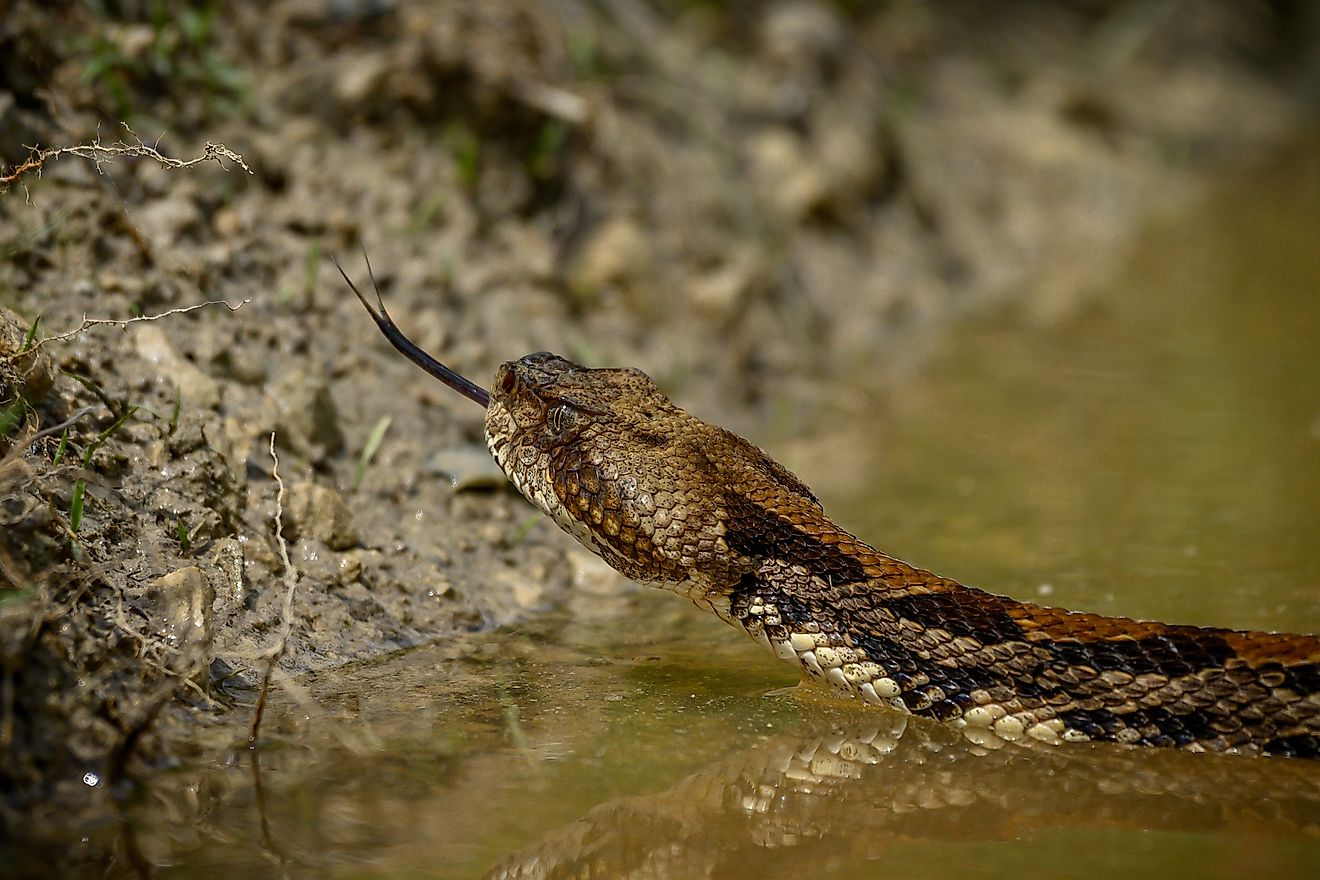
Guapore River
The Guaporé River is a major waterway in South America, spanning 1,087 miles in length. It flows through Brazil and Bolivia and is a significant source of water for its human and animal inhabitants. The river and its surrounding area are host to an impressive array of biodiversity and stunning natural beauty. The region, however, is facing several issues due to pollution and deforestation. The unique river ecosystem created by the Guapore River is a vital source of water and resources for local communities.
Physical and Political Geography

The Guapore River is a major tributary of the Mamore River, which eventually flows into the Amazon River. The river flows for about 1,087 miles. For 570 miles, it forms a natural and political border between Bolivia and Brazil. In Bolivia, it is known as Rio Itenez. Over the years, there have been several points of contention between Bolivia and Brazil about the political status of the river. In 2019, there were talks in La Paz to quiet tensions. However, the dispute continues to simmer, especially about Brazilian farming and gold mining practices in the area.
The Guapore River has crystal-clear waters and unique geology, including sedimentary rocks, granite, and metamorphic rocks. The river has also carved out impressive canyons and gorges in the surrounding landscape. During the rainy season, between April and November, the river floods the surrounding rainforest and farmlands.
Floods can have a dramatic effect on local communities, especially on transportation and housing. In 2014, a significant flooding event occurred, displacing thousands of people on the Brazilian side of the river. Deforestation for farming and mining alters the natural hydrological processes in the area and reduces the river’s capacity to absorb and store water. In recent years, there have been efforts to reduce the effects of seasonal floods, including the construction of flood control infrastructure and more responsible use of floodplains. Unfortunately, the dangers of significant flooding in the area continue to be a concern for local communities and the environment.
Biodiversity and Unique Ecosystems

The Guapore River plays a significant role in forming part of the greater Amazon River Basin. The river flows through wetlands, savannahs, and rainforests. All of these environments are home to a wide variety of endemic and even endangered animal species that are not found anywhere else in the world. The river and its surrounding area are home to several threatened and endangered species, including the white-lipped peccary, a type of wild pig; the giant armadillo, the largest armadillo species in the world; the giant otter; the Bolivian river dolphin; the jaguar; the black caiman; and many other land and aquatic species. Most of the issues facing the natural environment of the Guapore River basin are due to deforestation.
Environmental Issues in the Guapore River Basin

The Guapore River is facing significant environmental issues. Deforestation for agriculture, the most significant source of income for the people living in the basin, is one of the most substantial threats. Farming soybeans, oil palm, and cattle require significant land. Industrial farming pollutes water systems and leads to soil erosion. Mining, especially tin, and gold, is another contributor to habitat loss and environmental changes. Finally, overfishing of the Guapore River affects the complicated ecosystems of the rainforests and wetlands of the basin. The Bolivian and Brazilian governments have taken steps to protect the natural environment of the Guapore River. There are several protected areas designed to preserve the region’s biodiversity and natural resources, including the Guapore Biological Reserve and the Guapore Ecological Station.
River Basin Communities

The Guapore River is a significant waterway for the people who live in its basin. Before European colonization, many indigenous communities inhabited the area. These communities lived a mostly hunter-gatherer lifestyle, using the region’s natural resources sustainably. Eventually, Spanish and Portuguese settlers used the river as a trading post. In the 19th and 20th centuries, the region became necessary for the rubber industry, which significantly impacted local indigenous and non-indigenous communities. Today, the most important sector in the region is agriculture. Tourism, especially eco-tourism, is developing in the region. Travelers come to the Guapore River and its basin to see the local flora and fauna. The region’s remote location both entices tourists and makes visiting it a challenge.
Conclusion
The Guapore River is a river in South America. It flows through Bolivia and Brazil, forming part of the border between the two countries. The region consists of lush rainforests, marshlands, and savannas full of endemic animal and plant species, many of which do not live anywhere else on the planet. It is a place of stunning natural beauty and complex ecosystems which needs to be protected.











